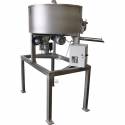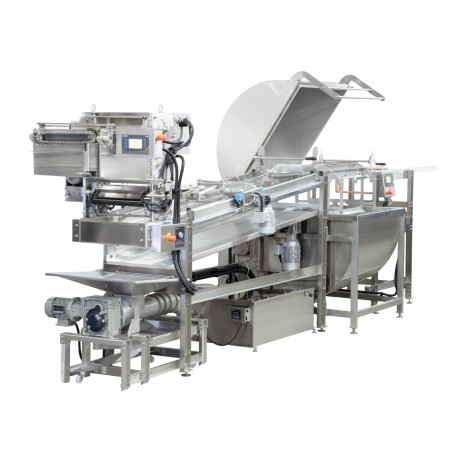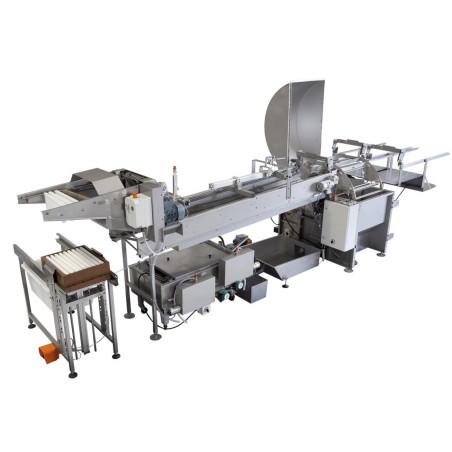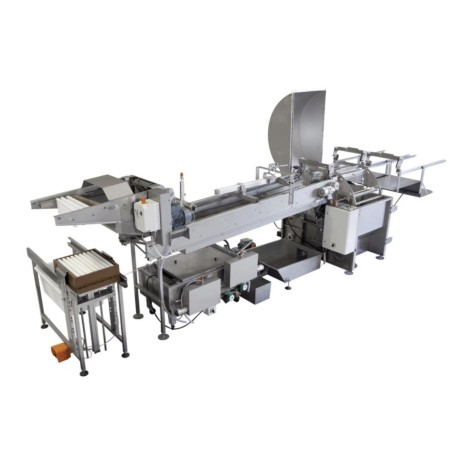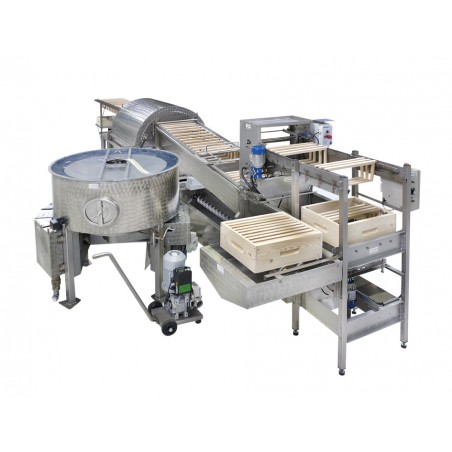- New
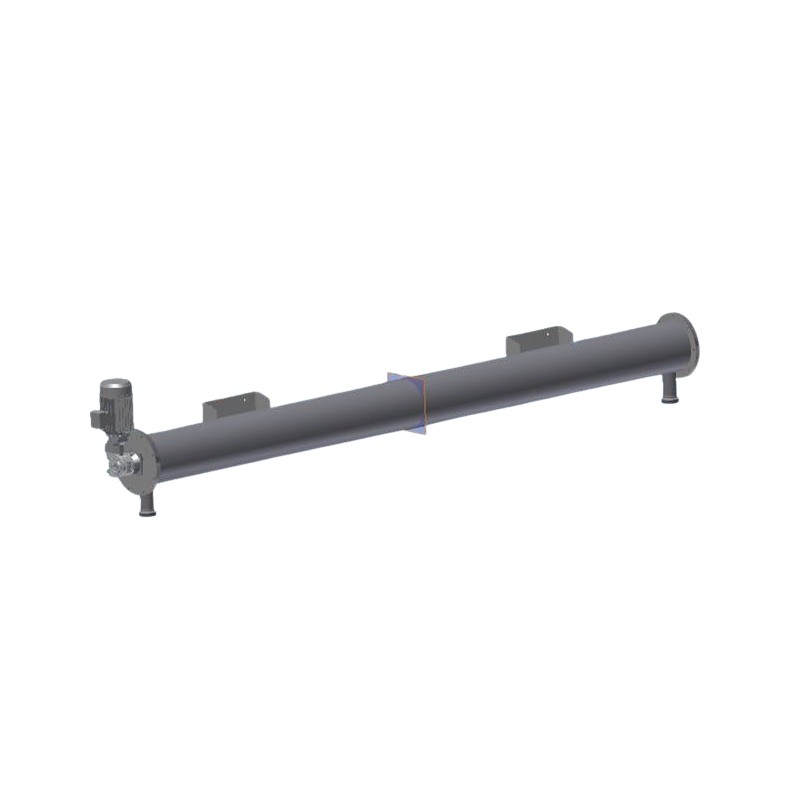



Heats and homogenizes the honey + wax mixture before centrifugation. Model 1.02 keeps the flow stable around 40 °C, boosting the Spinfloater SZ1350’s performance for clean and continuous separation.
When the honey house is running full speed and the cappings mix comes out cold and lumpy, the centrifuge starts to “struggle”. That’s where this unit makes the difference. The 3 m Tubular Heat Exchanger model 1.02 – Powerfull Heat Exchanger is designed for beekeepers who know what they’re doing: it heats and homogenizes the honey + wax mix to the perfect range (38–42 °C), keeping the flow stable and smooth. Cold, viscous paste goes in; a uniform, fluid mixture comes out ready for the Spinfloater SZ1350.
How it really works: it’s a DN150 stainless-steel shell-and-tube exchanger. Hot water (in a closed circuit) circulates through the internal tube bundle, while the honey/wax mix flows around it inside the jacket. Heat transfers gently through the tube walls—no direct contact, no overheating—while a 0.25 kW gearmotor keeps the product moving, breaking lumps and evening out cold and warm zones. The result: a steady 40 °C mixture that flows perfectly into the centrifuge.
Integration in your line: install it between the feed pump and the centrifuge, preferably wall-mounted (bracket included) so gravity helps discharge into the drum. Feed it with a progressive-cavity or flexible-impeller pump with frequency control for a smooth, constant flow (≈ 800–1000 kg/h). Keep the outlet pipe DN40–DN50 and short to minimize heat loss.
Why you’ll notice the difference:
• Viscosity under control – honey at 40 °C flows 6–8 × better than at 20 °C; wax separates cleanly.
• True throughput – no flow oscillation, stable load, less honey trapped in wax.
• Gentle heating – surface transfer only, no burning or caramelization.
• Quick start-up – within minutes the line is at temperature and ready.
Pro tips:
• Keep 38–42 °C as your sweet spot; for heather or oak honeys, go slightly higher.
• Use a 3–5 mm pre-filter to remove debris.
• Maintain a constant flow; pulsing pumps cause temperature swings.
• Rinse daily with warm water (~60 °C) to keep the system clean.
Other beekeeping uses:
• Pre-warming dense honeys before filtering or liquefying.
• Maintaining melted wax at 65–70 °C for molding or sheet-making (with adapted circuit).
• Heating sugar syrup to 30–35 °C for faster bee feeding in cold weather.
Honest limitations:
• Does not remove water or impurities – it only heats and homogenizes.
• Requires steady feed; intermittent flow causes instability.
• Daily cleaning and periodic descaling of the hot-water circuit are essential.
Works best with the SZ1350 centrifuge: sold separately, this exchanger is the thermal conditioner that allows continuous, clog-free operation and maximum honey recovery.
Key specifications: stainless tubular exchanger 3 m • DN150 insulated shell • tube bundle + distribution disc • useful volume ≈ 50 kg • heating 4.5 kW with circulation pump • gearmotor 0.25 kW • wall-mount console included • connection 5 kW 400 V 3 Ph/N/PE CEE 16 A • recommended wall installation with gravity discharge to centrifuge.
Veteran’s summary: this 1.02 doesn’t perform miracles, but it puts physics on your side: stable temperature, homogeneous flow, continuous operation. With that, the SZ1350 does its job perfectly—and you keep extracting without interruption.

Heats and homogenizes the honey + wax mixture before centrifugation. Model 1.02 keeps the flow stable around 40 °C, boosting the Spinfloater SZ1350’s performance for clean and continuous separation.
check_circle
check_circle


